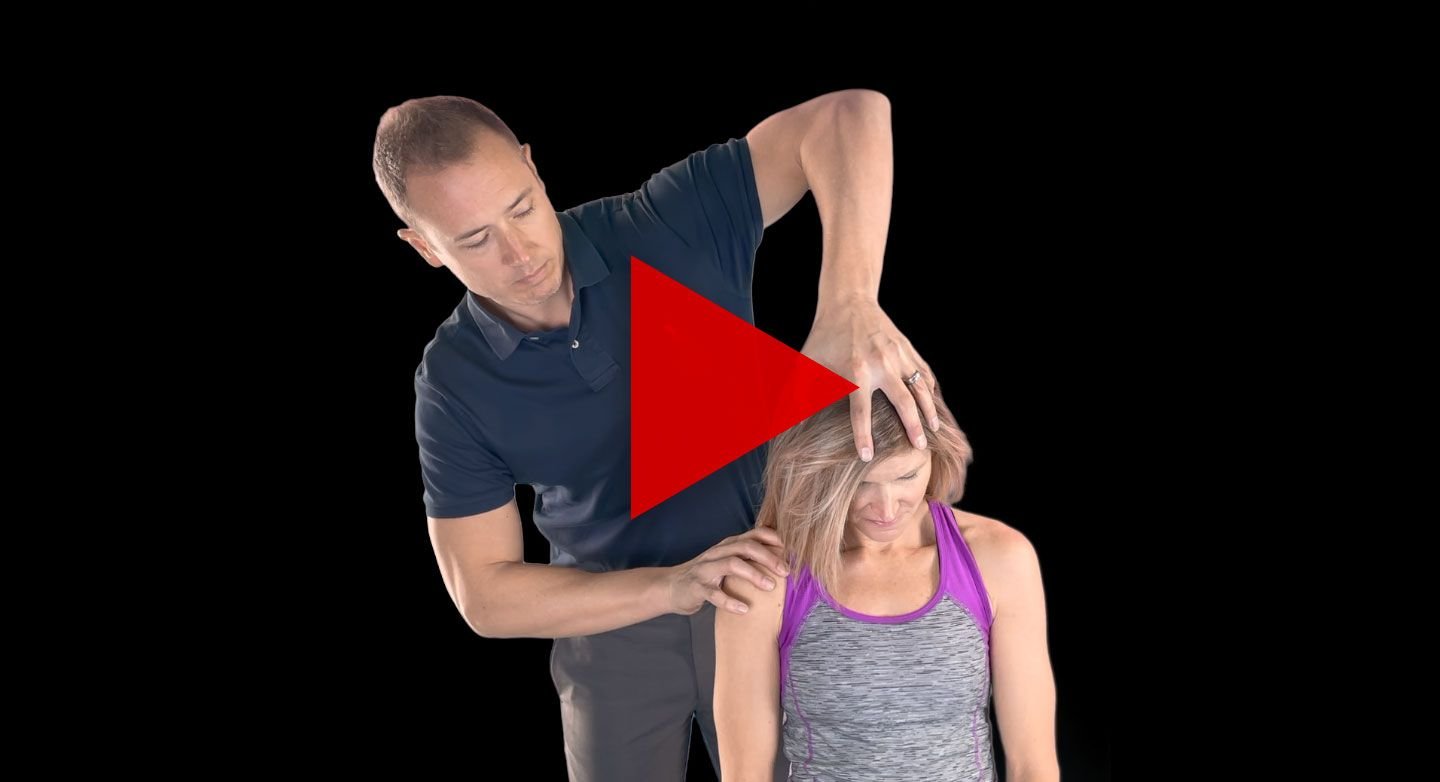Choi’s Test: Revolutionizing the Evaluation of Intervertebral Foramen
Updated from: 2/24/2021
Reading time: 3 minutes
Interscapular, shoulder, and thoracic pain often share a common cervical etiology -but not always. Evidence-based chiropractors must use orthopedic testing to identify if the pain is due to a local pathology versus a neurologic referral. Practitioners must employ the knowledge gained from the patient history, clinical symptoms, and intuition to select the optimal physical exam components to identify the correct pathology. Sometimes, these evaluations resemble more of an art than a science!
Today's blog will highlight one maneuver that may ultimately be the difference between a satisfied patient and a negative Google review.
The evaluation of the patency of the intervertebral foramen (IVF) has traditionally relied upon the utilization of tests such as Spurling and Maximal Foraminal Compression. However, a lesser-known yet powerful assessment tool called Choi's Test, also known as the Neck Tornado Test, offers a more straightforward means of determining if nerve compression occurs within the intravertebral foramen.
This test, which may be unfamiliar to many, has proven to possess remarkable sensitivity and accuracy in detecting cervical radiculopathy.
1. What Is Choi's Test?
The practitioner applies an axial compression to the cervical spine of a seated patient. The practitioner then passively flexes the patient's spine fully under continuous compression. The patient is then guided through end-range lateral flexion towards the painful side through 180 degrees of rotation until reaching a fully extended position. A positive test reproduces radicular pain or tingling in the area of the chief complaint.
Can't view the video? Get access to ChiroUp here.
2. Two Reasons to Consider Choi's Test
Superior Diagnostic Accuracy: Patients presenting with a radicular pain pattern in one or both upper extremities often suffer from compression or irritation of one or more cervical nerve roots. Choi's test compresses the IVF across all ranges of motion, exposing sensitive nerve roots. In contrast, Spurling’s Test only compresses the cervical spine in one specific direction.
Identifying the Etiology of Dysfunction: Pain in the suprascapular, interscapular, or scapular regions commonly originates from a compressed cervical nerve root. While this may be common knowledge to most chiropractors, convincing patients of cervical pathology leading to shoulder or arm pain is sometimes more challenging. Selecting the correct orthopedic test (s) may differ between a compliant patient and a second opinion.
Clinical Pearl: Passive cervical flexion resulting in electric shock-like paresthesia (L’hermitte’s sign) is considered a critical finding: it may indicate multiple sclerosis plaques or other spinal cord pathology.
3. Is Choi's Test Better Than Spurling’s Test?
The short answer is no! The Spurling test has utility with very high specificity (92%–100%); however, its sensitivity is low to moderate (30%–60%). For example, if 100 patients walk into your office with confirmed cervical radiculopathy, if you only perform Spurling's test, 40-70 patients will likely demonstrate a negative test, leading you down the wrong differential path. However, if you also perform Choi's Test (sensitivity of 85%), your ability to properly diagnose the patient increases exponentially.
“Choi's test is more sensitive with superior diagnostic accuracy for cervical radiculopathy diagnosed by magnetic resonance imaging than the Spurling test.” (1)
Like most other conditions, the keys to correctly diagnosing interscapular pain include performing the cluster of tests that will lead you to the most appropriate diagnosis and subsequent management. Check out a past blog identifying another common culprit of interscapular pain: Dorsal Scapular Neuropathy.
Staying up-to-date with the latest research and applying best practices for 100+ conditions can be a difficult task. Learn how ChiroUp providers do it with ease HERE.
-
Park J, Park WY, Hong S, An J, Koh JC, Lee YW, Kim YC, Choi JB. Diagnostic accuracy of the neck tornado test as a new screening test in cervical radiculopathy. International journal of medical sciences. 2017;14(7):662.
Tanaka, Yasuhisa MD; Kokubun, Shoichi MD; Sato, Tetsuro MD; Ozawa, Hiroshi MD Cervical Roots as Origin of Pain in the Neck or Scapular Regions, Spine: August 1, 2006 - Volume 31 - Issue 17 - p E568-E573

